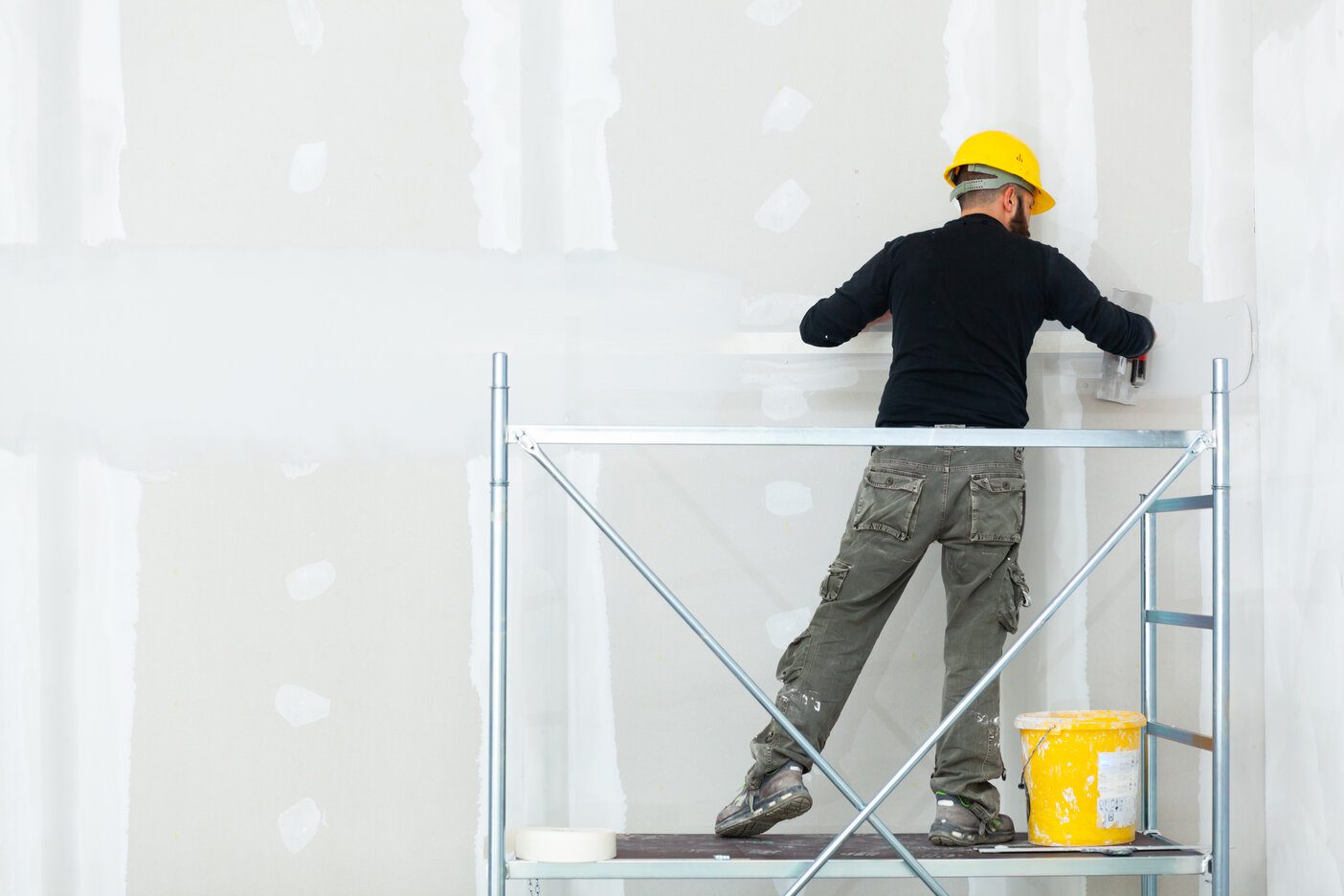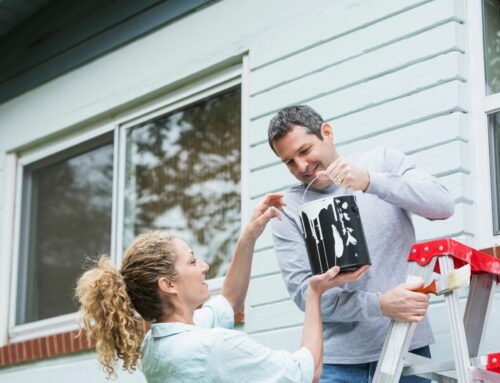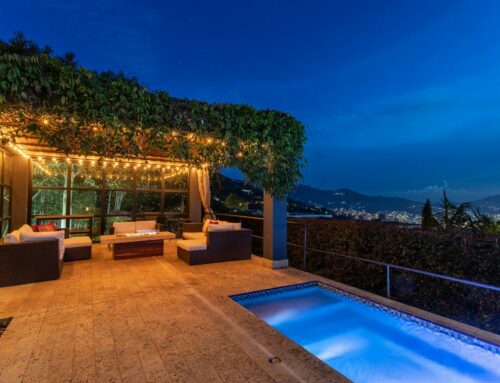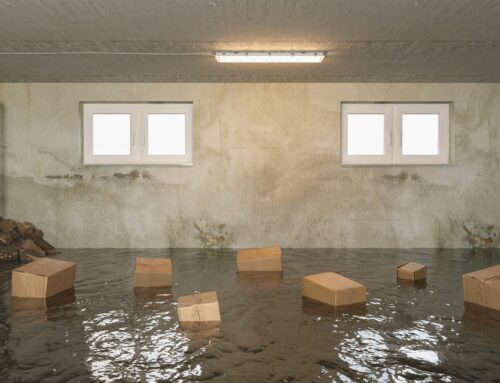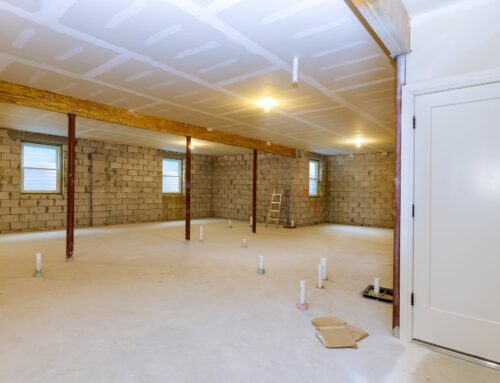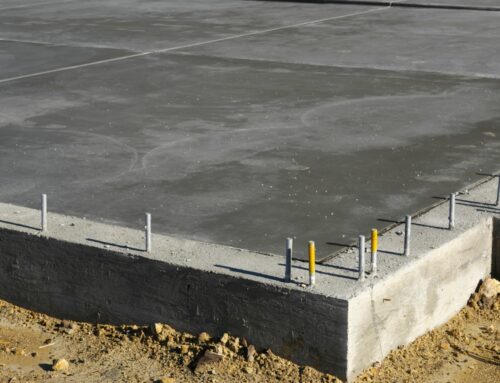When it comes to making an excellent first impression of the exterior of your home, you can’t do without stucco! The mixture of cement, sand, lime, and water provides a crisp and clean base that could be painted in any color, producing the look you want to achieve. While it’s true that stucco is an ideal finish for modern homes, it can do more than just create a seamless look for a house’s exterior.
The Best Thing About Stucco
What some are unaware of is that there are countless benefits to investing in stucco for your home. Yes, stucco can improve the exterior’s appearance, but it is also energy-efficient, fire-resistant, sound damping, and rot-resistant. Thanks to its characteristics, stucco can help make it easier to apply for improved home insurance premiums or appreciate your property’s value if you decide to sell it.
Moreover, stucco is also durable—considered a very durable material, this cement mixture can last up to 50 years with minimal maintenance. As long as the stucco’s exterior is waterproofed correctly, you can rest assured that it will continue to be durable and withstand mildew, mold, and rot.
However, regardless of its many advantages, stucco may not last as long as it should. Although the cement mixture is supposed to be a durable finish, there’s still a chance that it may fail.
Why Does Stucco Fail?
It’s crucial to keep in mind that stucco doesn’t fail because of the mixture itself; the reason you encounter problems related to stucco is due to external factors associated with the wrong implementation of the systems necessary to protect it. From poor craftsmanship to an incompatible substrate, the causes of failing stucco are endless.
If you want to learn about what makes stucco fail, just read on below:
Mechanical Damage
This type of damage results from a physical object striking, slicing, or scratching the system. Suppose the base coat, reinforcing fabric, or insulation board is disclosed. In that case, it will become much easier for moisture to enter into the system, decreasing the insulating properties and degrading the exterior plaster and stucco.
Improper Flashing Installation
Adequate flashing is crucial to protect the finish of your home’s exterior plaster and stucco. If it’s not done well or not installed between vertical walls, in the chimney’s outer corners, at roof ends, and near fascia boards near the gutters, then your stucco won’t be protected from moisture.
Issues With Material Transition
The area where stucco and another kind of material connect can be problematic if not sealed properly. The faulty joints allow moisture to penetrate, creating a cycle of contraction and expansion that could cause cracking. To avoid this from happening, it’s crucial to ensure that places where stucco meets brick, concrete, stonework, or siding should be adequately protected.
Conclusion
Indeed, stucco is a wonder material that has helped countless homes. However, although durable and long-lasting, it’s not entirely invincible from moisture. Correct implementation and maintenance are essential to the longevity and quality of your stucco. As long as you practice preventive measures and work with a professional experienced in exterior plaster and stucco, you’re sure to have a happy home life free from stucco issues!
Have you been looking for the best company offering residential exterior plaster and stucco services in the Bay Area? Then, our team at One Stop Plastering may just be who you need! With over 60 years of experience, we will get the job done when you need it done. Connect with us today to learn more!

